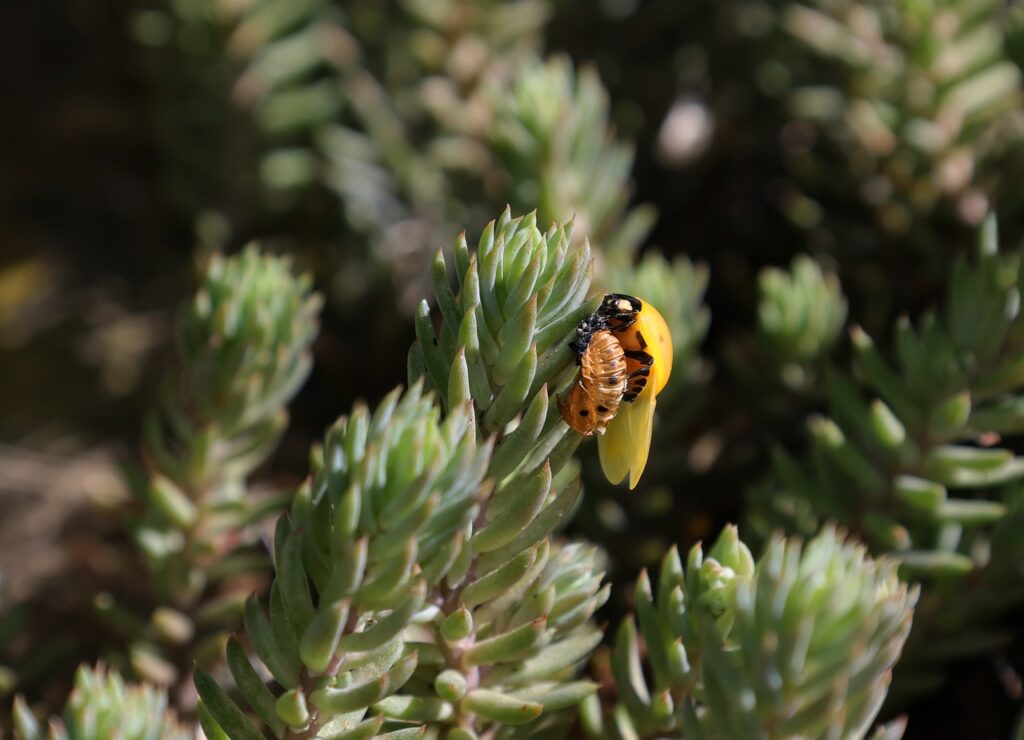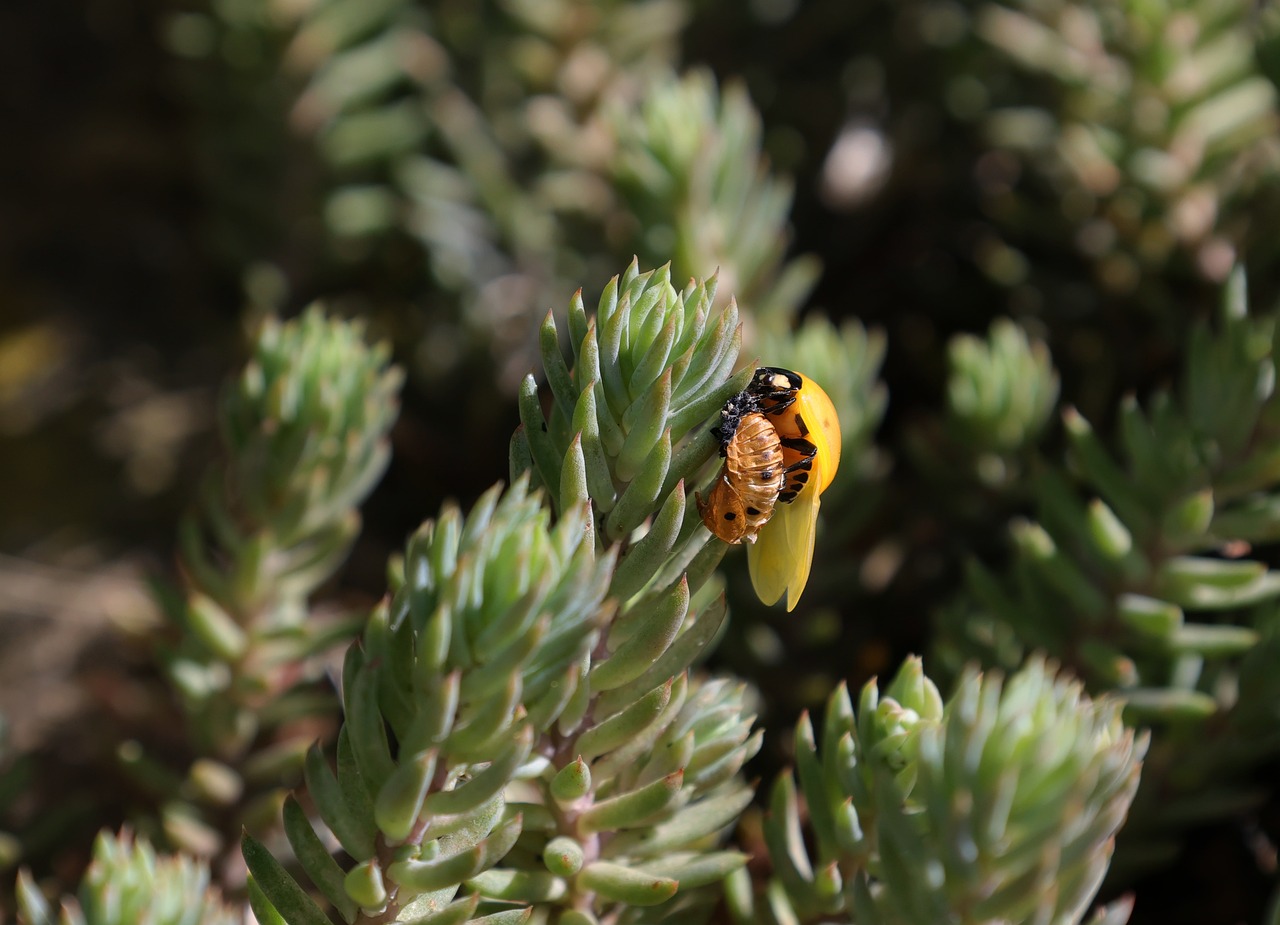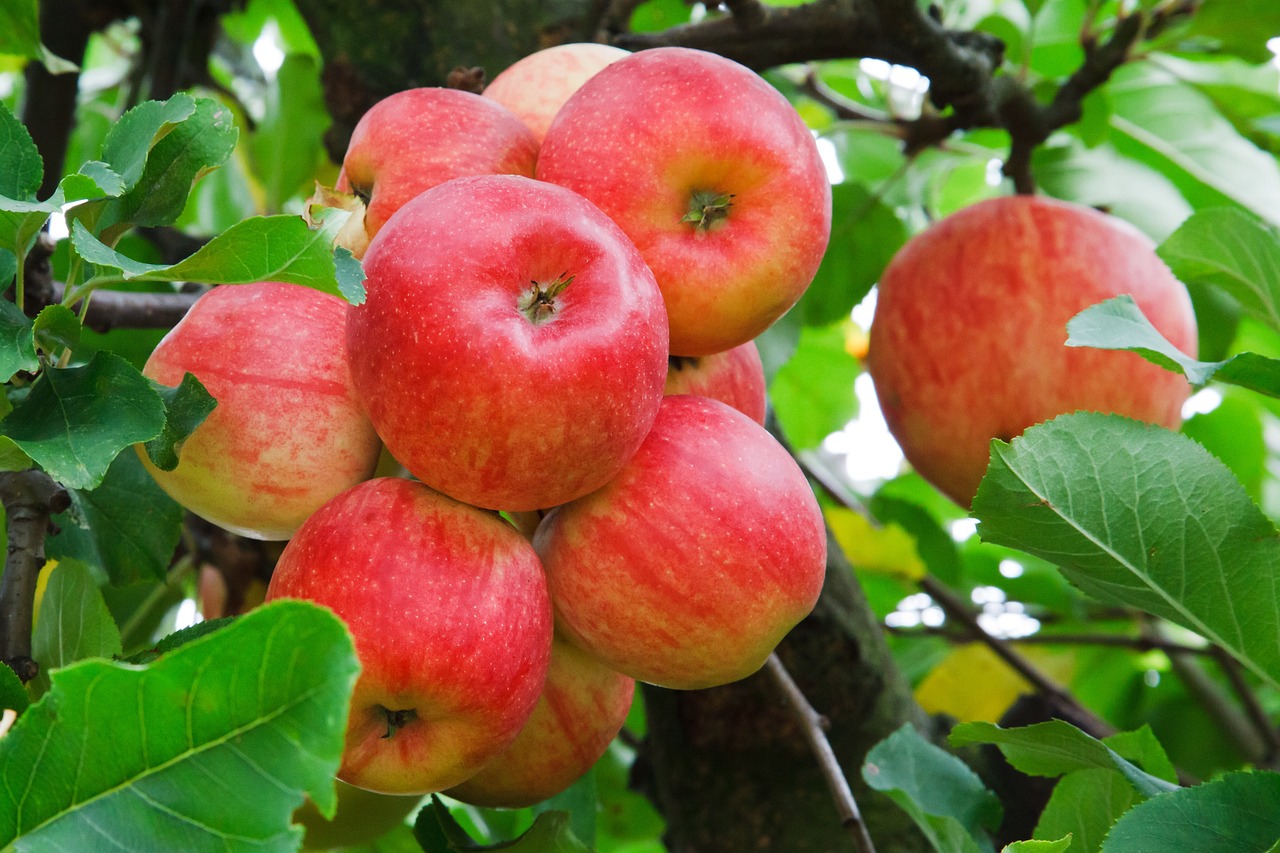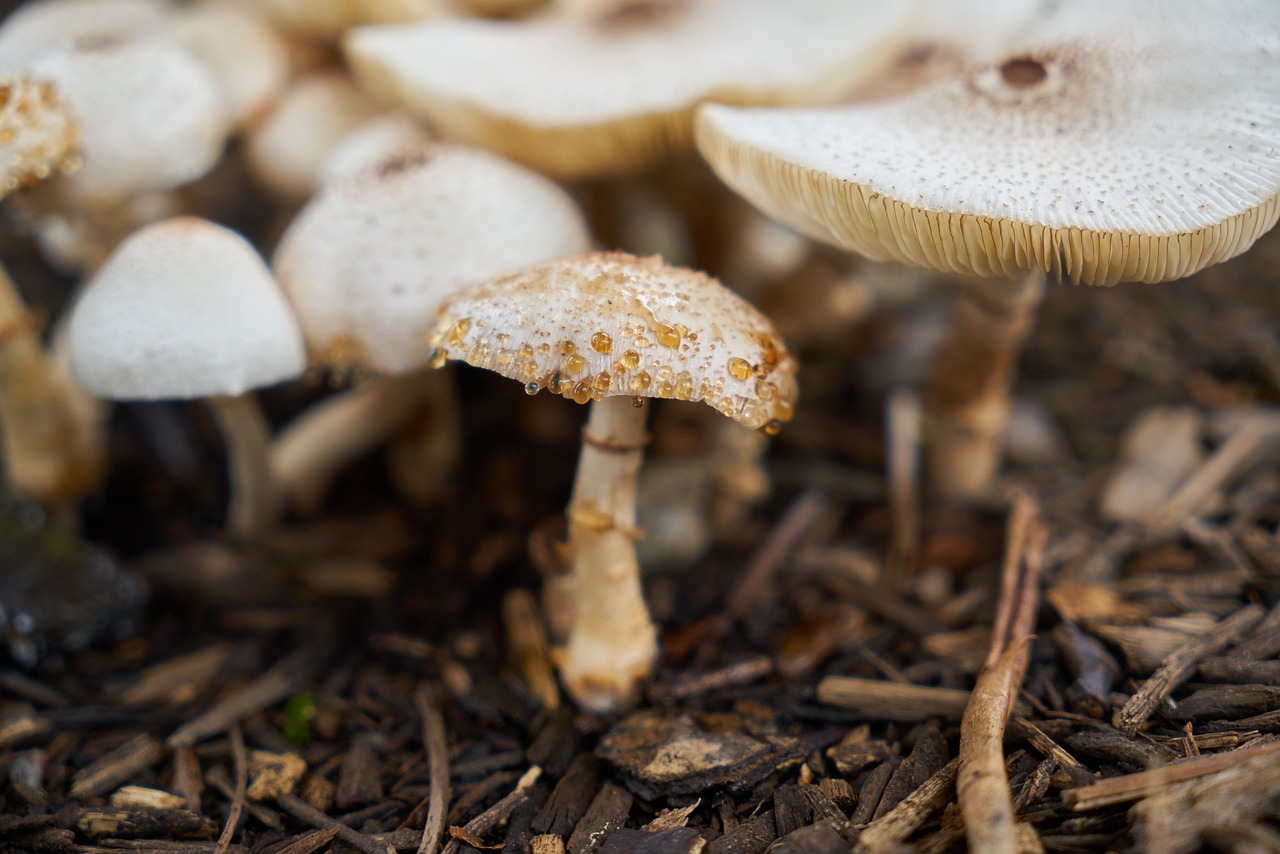Are you struggling to maintain a healthy garden without the use of harmful pesticides? Look no further than the world of beneficial insects. These tiny creatures can play a crucial role in organic gardening, helping to control pests and diseases without damaging the environment.
Understanding the importance of beneficial insects and how to attract them to your garden can help you maintain a thriving organic garden.
There are countless types of beneficial insects, each with their own unique characteristics and methods of controlling garden pests. From ladybugs to lacewings, these creatures can be powerful allies in the fight against unwanted insects.
By learning about the specific types of beneficial insects and how they work, you can create a garden habitat that encourages their presence and helps keep your plants healthy and thriving.
Understanding the Importance of Beneficial Insects in Organic Gardening
Want to know why beneficial insects are crucial for organic gardening? Let’s dive in!
Beneficial insects play a vital role in controlling the populations of harmful pests in your garden. By preying on harmful insects, they help maintain a healthy balance in the ecosystem, which is crucial for organic gardening.
Furthermore, beneficial insect behavior is not limited to pest management alone. Some beneficial insects, such as bees, are excellent pollinators, helping to ensure that your plants produce a bountiful harvest.
By attracting beneficial insects to your garden, you can create a natural and sustainable system that reduces the need for harmful chemicals and pesticides. This is why understanding the importance of beneficial insects and incorporating organic pest management strategies is crucial for any organic gardener.
Types of Beneficial Insects and Their Characteristics
Knowing the diverse range of helpful bugs present in your garden is crucial in promoting a thriving ecosystem. Common beneficials in organic gardening include ladybugs, lacewings, praying mantis, and parasitic wasps.
Each of these insects has its unique characteristics that make them effective in controlling pests. Ladybugs, for instance, are voracious predators of aphids, while lacewings feed on mites, thrips, and whiteflies. Praying mantis eats a wide range of insects, including caterpillars, beetles, and grasshoppers. Parasitic wasps, on the other hand, lay their eggs in caterpillars and other pests, which eventually kills them.
By introducing these helpful insects into your garden, you reduce the need for pesticides, which can be harmful to the environment and other non-targeted insects.
How Beneficial Insects Control Garden Pests and Diseases
Introducing helpful bugs into your garden can greatly reduce the need for harmful pesticides and provide a natural solution to controlling pests and diseases. Beneficial insects play a crucial role in natural pest management techniques by preying on garden pests and limiting their population growth.
Ladybugs, for example, feed on aphids, mites, and scale insects, while lacewings consume aphids, mealybugs, and spider mites. Beneficial insects, however, do not only prey on pests. Some also aid in pollination, which is essential in the reproduction of many plants. Bees, butterflies, and moths are known pollinators, but other beneficial insects such as hoverflies also help in this process.
It is important to understand the beneficial insect lifecycle so that gardeners can provide the necessary habitat and food sources for these helpful bugs. By incorporating natural pest management techniques and fostering a healthy ecosystem in the garden, gardeners can rely on beneficial insects to control pests and diseases without harming the environment.
Creating a Garden Habitat to Attract Beneficial Insects
To attract helpful bugs to your garden and create a thriving ecosystem, you’ll need to provide the right environment and food sources. This means designing your garden to include a variety of plants that will attract pollinators and beneficial insects. By doing so, you’ll be helping to balance the ecosystem and reduce the need for harmful pesticides.
When it comes to garden design, think about incorporating different layers of vegetation, including groundcovers, shrubs, and trees. This will provide a habitat for a wider range of insects and other wildlife.
Additionally, it’s important to choose plants that bloom at different times throughout the growing season, as this will ensure a consistent food source for beneficial insects. Consider adding pollinator plants such as milkweed, coneflower, and goldenrod to attract butterflies, bees, and other beneficial insects.
By creating a garden habitat that supports beneficial insects, you’ll be promoting a healthy and sustainable environment for your plants and wildlife.
Best Practices for Using Beneficial Insects in Organic Gardening
Using helpful bugs in your garden is all about creating a healthy and diverse ecosystem that supports the natural balance of your plants and wildlife.
One of the best practices for using beneficial insects in organic gardening is to release them at the right time. This means introducing them when pests are present but not yet out of control.
Releasing them too early may result in them not having enough food or habitat to survive, while releasing them too late may mean that the pests have already caused significant damage to your garden. Consult with a professional or do some research to determine the ideal release timing for the specific insects you want to use.
Another important aspect of using beneficial insects in organic gardening is pest management. While they can be effective in controlling pests, they may not eliminate them entirely.
It’s important to also incorporate other methods of pest management, such as crop rotation, natural repellents, and physical barriers. Additionally, it’s important to monitor the population of both beneficial insects and pests to ensure that the natural balance is being maintained.

With proper pest management and release timing, using beneficial insects in your organic garden can be a sustainable and effective way to promote healthy plant growth and reduce the need for harmful pesticides.
Frequently Asked Questions
Can beneficial insects be harmful to humans or other animals?
When it comes to interactions with beneficial insects, safety should always be a top concern. While most are harmless to humans and animals, some can cause allergic reactions or transmit diseases. Always handle with care and research before introducing them.
How do I know if I have enough beneficial insects in my garden?
To know if you have enough beneficial insects in your garden, monitor and track insect populations. Benefits of companion planting, such as attracting beneficial insects, can also help ensure a healthy ecosystem in your garden.
Are there any plants that repel beneficial insects?
Companion planting is an effective way to attract beneficial insects to your garden. However, certain plants can repel them. Avoid using natural insecticides that may harm these insects.
How do I attract specific beneficial insects to my garden?
Looking to attract specific beneficial insects to your garden? Try companion planting! Plant herbs and flowers like dill, fennel, and marigolds to attract ladybugs, lacewings, and hoverflies. Creating habitats like rock piles and water sources also helps.
What should I do if I accidentally kill beneficial insects while trying to control pests?
If you accidentally kill beneficial insects while controlling pests, prevent accidental harm by using organic methods and avoiding chemical pesticides. Reintroduce beneficial insects by planting flowers and herbs that attract them.
Conclusion
Congratulations! You now have a better understanding of the role of beneficial insects in organic gardening. By attracting these natural predators, you can control garden pests and diseases without the use of harmful chemicals.
Remember, there are many different types of beneficial insects with unique characteristics. Creating a habitat that provides food, shelter, and water for these insects will help them thrive in your garden.
And when using beneficial insects, always follow best practices to ensure they’re effective in controlling pests and diseases. With these tips in mind, you can enjoy a healthy and thriving organic garden with the help of your new insect friends.
Happy gardening!










